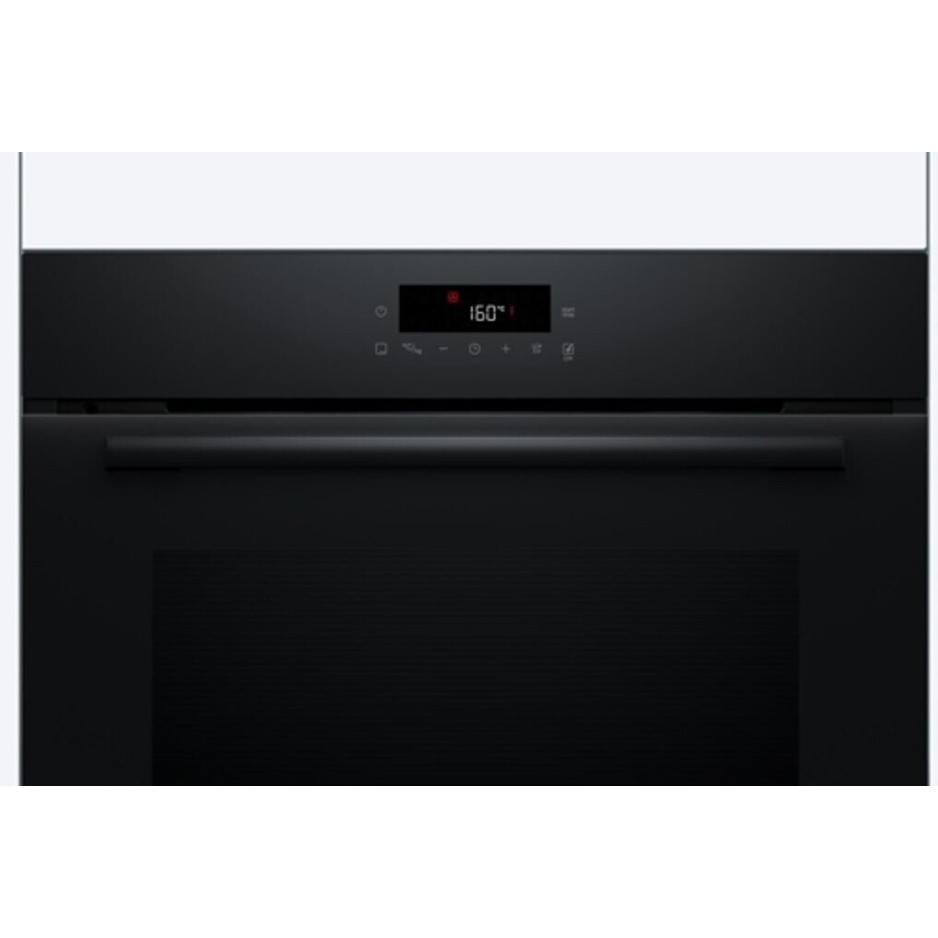10 Pyrolysis Oven Comparison Tricks All Experts Recommend
Pyrolysis Oven Comparison: A Comprehensive Guide
In the last few years, pyrolysis ovens have actually garnered considerable attention in the fields of materials processing, waste management, and energy recovery. These specialized ovens transform organic products into beneficial byproducts through thermal decay in the absence of oxygen. As industries and people progressively look for sustainable solutions to lose disposal and product healing, comprehending the range of pyrolysis ovens available on the marketplace ends up being crucial. In this post, we will dig into the contrasts in between different kinds of pyrolysis ovens and their particular functions, applications, and drawbacks.
What is Pyrolysis?
Before diving into the comparison, let’s very first comprehend pyrolysis. Pyrolysis is a thermal decomposition process that happens at elevated temperatures, usually in between 300 ° C to 800 ° C, in an oxygen-free environment. The result is the breakdown of materials into three primary products:
- Solid Residue: Often called char, it can be more processed or used as fuel or soil amendment.
- Liquid Products: Also called bio-oil, these are complicated mixes that can be improved into valuable chemicals or used as a fuel.
- Gaseous Components: These include flammable gases that can be collected and used as an energy source.
Kinds Of Pyrolysis Ovens
The marketplace offers a variety of pyrolysis ovens; the most typical types include:
- Batch Pyrolysis Ovens
- Constant Pyrolysis Ovens
- Vacuum Pyrolysis Ovens
- Microwave-Assisted Pyrolysis Ovens
Comparison Table
| Feature/Type | Batch Pyrolysis | Continuous Pyrolysis | Vacuum Pyrolysis | Microwave-Assisted Pyrolysis |
|---|---|---|---|---|
| Operation Mode | Batch processing | Continuous processing | Batch processing | Batch processing |
| Input Material | Variable | Consistent circulation | Variable | Variable |
| Temperature Range | 300 ° C | – 800 ° C 300 ° C | – 800 ° C | |
| 300 ° C-800 ° C 300 ° C-600 ° C Product Quality High | Moderate to High | High | High | |
| Production Rate | Low | High | Low | Low |
| Initial Investment | Lower | Greater | Moderate | Moderate |
| Functional Flexibility | High | Low | Moderate | Moderate |
| Footprint | Smaller | Larger | Smaller sized | Smaller sized |
Comprehensive Analysis of Pyrolysis Ovens
1. Batch Pyrolysis
Batch pyrolysis ovens are developed for processing materials in discrete loads. They are perfect for small operations or pilot jobs and frequently feature:
- Operative Flexibility: Batches can be tailored to different materials.
- Lower Capital Investment: Initial costs are more manageable for small services or startups.
- Quality assurance: High-quality output due to regulated conditions for each batch.
Nevertheless, they may fall short in terms of production capacity and performance.
2. Constant Pyrolysis
Continuous pyrolysis ovens operate by feeding the raw product consistently, permitting more substantial output and performance:
- Higher Throughput: Suitability for large-scale organizations that require constant processing.
- Cost-Effectiveness: Although preliminary costs are higher, the performance can lead to lower operating expense in the long run.
One drawback is that the input product must often be uniform in size and type to make sure constant processing.
3. Vacuum Pyrolysis
Vacuum pyrolysis involves the removal of air during the pyrolysis procedure, successfully improving the quality of the output and increasing the yield of valuable byproducts:
- Higher Quality Products: Reduces the opportunity of undesirable reactions and improves gas and oil yield.
- Smaller Sized Equipment Footprint: More effective use of area.
Alternatively, it tends to be more costly and needs mindful style to keep vacuum conditions.
4. Microwave-Assisted Pyrolysis
This ingenious technique makes use of microwave energy to heat materials more equally and effectively:
- Diverse Feedstock: Can process a range of materials, including wet biomass.
- Faster Pyrolysis: Typically leads to shorter processing times due to quick heating.
On the flip side, it is still fairly new on the market, implying restricted proven longevity or reliability.
Key Considerations When Choosing a Pyrolysis Oven
- Scale of Operation: Choose in between batch or continuous depending on whether you’re small-scale or large-scale.
- Feedstock Variety: Assess whether you’ll be processing consistent products or diverse feedstocks.
- Production Goals: Induktionskochfeld 4 Zonen Kaufen (Https://Vixaro-Versand.De/) Understand your production targets to identify the essential oven type.
- Capital and Operational Costs: Balance preliminary investments with potential long-term operational costs.
- Product Quality Requirements: Consider how important the quality of the output is for your designated application.
Frequently Asked Questions
1. What is the average expense of a pyrolysis oven?
The expense can range significantly based on the type and scale of the oven. Batch systems may start around ₤ 30,000, while continuous systems might surpass ₤ 300,000.
2. The length of time does the pyrolysis process take?
Batch processes may take numerous hours, while constant systems can operate 24/7 at varying rates depending on input product.
3. What types of materials can be processed in a pyrolysis oven?
Typical materials consist of natural waste, plastics, rubber, and biomass. Nevertheless, the particular oven might have constraints.
4. What are the ecological benefits of pyrolysis?
Pyrolysis decreases landfill waste, creates energy and important products from waste, and can lower greenhouse gas emissions through mindful management.
5. Can you recycle the gas produced by pyrolysis?
Absolutely! The gases produced throughout pyrolysis can be converted into fuel or energy, allowing a closed-loop system.

Selecting the right pyrolysis oven entails comprehending the nuances of your specific application, spending plan, and ecological impact objectives. While batch systems represent flexibility and lower expenses, constant systems offer performance for larger operations. On the other hand, vacuum and microwave-assisted pyrolysis methods offer ingenious services but at differing costs and intricacies.
By thoroughly weighing these considerations and consulting the detailed comparisons supplied, businesses and people can make educated choices that line up with their sustainable objectives.

